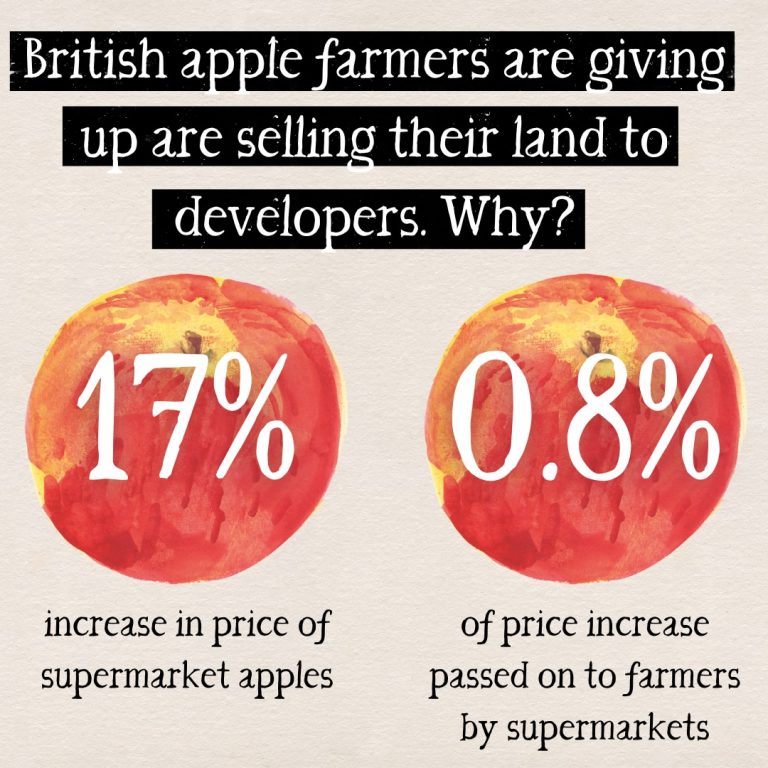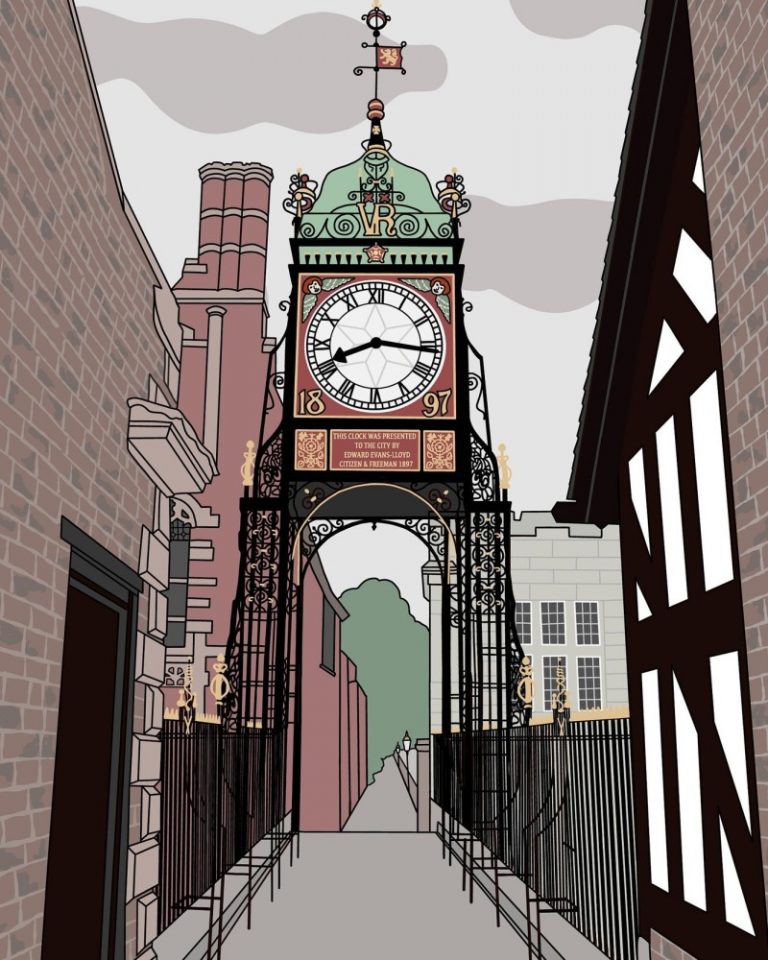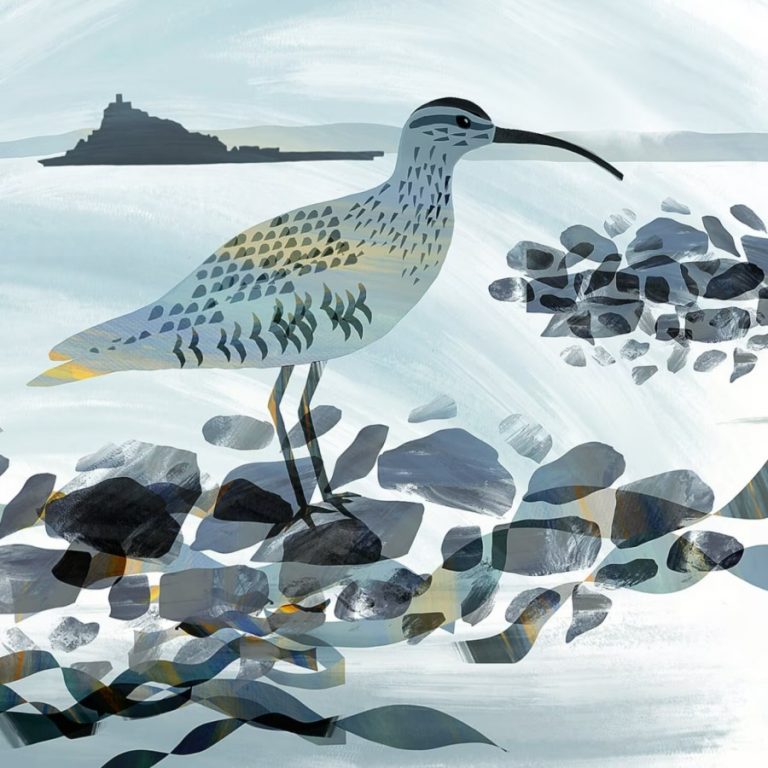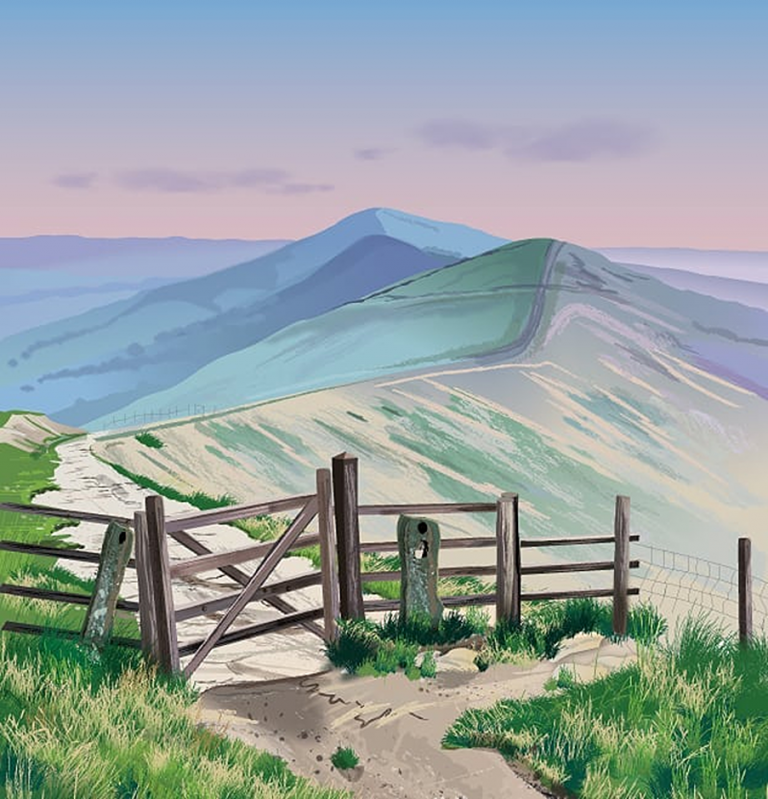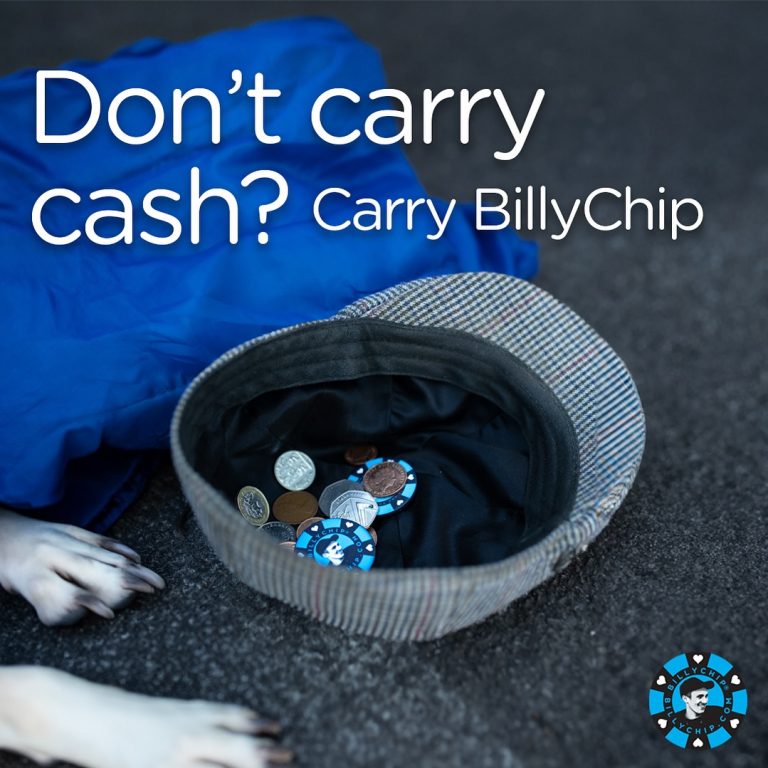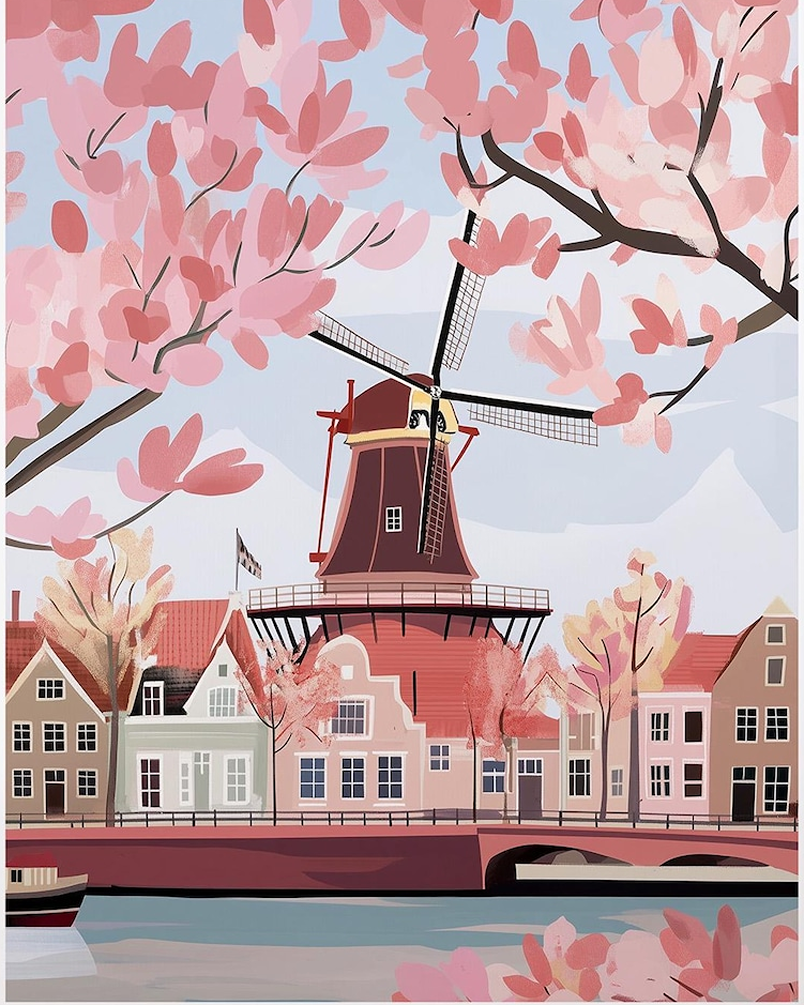
Bells ring, tyres hum, and parents chat as they roll past canals. In Dutch cities, the rush hour soundtrack is not engines, it is bikes and footsteps. When oil prices spiked in the 1970s and cars began to choke streets, the Netherlands chose a new path. It rebalanced its roads for people, not just vehicles. Today, there are over 27,000 km of bike paths, and pavements feel like the backbone of daily life.
This shift did more than move traffic. It gave residents cleaner air, safer streets, and less stress. It also cut traffic deaths by making active travel the easy choice. The country proves that you can run a modern economy with fewer cars in the way.
Did you know tulips (like all bulbs) are unsafe near pets?
Building a World-Class Cycling Network
Dutch cycling did not happen by accident. In the early 1970s, the grassroots campaign Stop de Kindermoord, meaning Stop the Child Murder, pushed leaders to protect people on bikes. Policy followed public pressure. Cities began to build safe, direct routes that feel natural to use.
The design is not a paint-on-the-road fix. Protected tracks sit apart from traffic, often with kerbs or verges. Junctions use bike traffic lights and early release phases so cyclists move first. Busy roads shift through traffic away from local streets. Trains meet cyclists with huge parking hubs at stations. Utrecht Central alone has tens of thousands of spaces, which keeps the morning flow smooth.
This mix gets used. Around 27% of all trips in the Netherlands are by bike. In Amsterdam, cycle lanes connect neighbourhoods to schools, parks, and workplaces. You see people ride in normal clothes, not just lycra. That sends a signal. Cycling is not a sport, it is a way to get around.
Safety is baked in. Dutch engineers simplify junctions, remove surprises, and reduce speeds. Injury rates are low compared with countries that rely on shared lanes. Health gains follow. Regular cycling helps keep weight in check and supports heart health. It also makes short trips quicker than driving in many areas, which boosts uptake.
Practical tips for other nations:
- Design for protection: Use physical separation on routes with fast or heavy traffic.
- Make networks, not fragments: Link homes to schools, shops, and stations without gaps.
- Fix junctions: Give cyclists clear priority and simple, short crossings.
- Build parking at hubs: Good cycle parking near buses and trains expands reach.
- Tame speeds: 30 km/h residential limits make streets safer for all.
Amsterdam treats bike routes like rail lines, with clear signs and continuous paths. That mindset turns occasional riders into daily commuters.
Safe Infrastructure for Cyclists of All Ages
Dutch paths are wide, smooth, and well lit. Many towns use bike roundabouts that guide riders through with clear priority. Schools benefit from mapped safe routes with crossings and marshals. At junctions, red asphalt, set-back crossings, and bike signals reduce conflict points.
Families ride together because the street tells them they belong there. Cargo bikes carry children, shopping, and even pets. Older adults keep cycling due to gentler gradients, benches, and rest points. Confidence grows when the whole route feels predictable.
The results show up in safety data. Cycling deaths are about 0.2 per billion km (compared to 20 to 30 in the UK), while cars account for 7.3 per billion km. Design, not luck, drives this gap. When everyone expects bikes, everyone looks for them.
Environmental and Health Wins from Cycling
Each bike trip cuts tailpipe emissions and frees space on crowded roads. That reduces congestion and makes deliveries and buses more reliable. Streets breathe easier, and noise levels drop with fewer engines idling at lights.
The health gains are tangible. Regular riders build steady fitness and reduce stress. Active travel supports better sleep and sharper focus at work and school. Health services benefit too. More trips by bike mean fewer costs linked to inactivity. Households save on fuel, parking, and car maintenance.
Studies show Dutch cyclists live longer on average, linked to daily activity. Towns celebrate this culture with open-street events, family rides, and school cycling weeks. These moments create pride and keep momentum high.
Walkable Cities with Pedestrian Focus

Walking sits at the heart of Dutch planning. New streets feel narrow by design, which calms traffic and shortens crossings. Benches, trees, and pocket parks appear at steady intervals. You can sit, chat, and watch the world go by. People take more trips on foot when routes feel pleasant and direct.
The woonerf, a shared street where people come first, slows cars to walking pace. Drivers are guests. You see children playing, chalk drawings on the pavement, and neighbours stopping to talk. These spaces handle deliveries without letting vans dominate. Speed, parking, and materials all signal caution to drivers.
Public transport and walking work as a pair. Stations open onto plazas, not car parks. Wayfinding signs point to key landmarks. Short, well-lit paths lead to tram stops and bus hubs. Shops thrive on this flow. Window displays and outdoor seating draw people in, because browsing is part of the journey.
Utrecht offers a clear example. The city rebuilt canal-side paths and re-opened a historic waterway where a motorway once ran. Now, people stroll by the water and reach shops and museums on foot. Nationwide, about 18% of trips are walked. That share stays stable because errands, school runs, and social visits are within reach.
Simple design choices help daily life:
- Frequent crossings with short wait times.
- Eyes on the street with active ground floors and homes above.
- Step-free routes for prams and wheelchairs.
- Shade and shelter for comfort in sun and rain.
Pedestrian Zones That Boost Community Life
Car-free centres host markets, street music, and outdoor dining. Noise falls to human voices and clinking cups. Air feels cleaner without exhaust fumes curling through narrow lanes. Residents report higher life satisfaction when they can walk to most needs and meet friends along the way.
Shops gain from steady footfall. People spend more time in places where they feel safe and welcome. Vacant units decline when streets fill with regular visitors instead of peak-hour traffic. Public life gets stronger because people linger, not rush.
Integrating Walking with Bikes and Buses
Dutch cities design for smooth transfers. Mixed bike-walk paths near stations have clear markings and ample width. Signals give pedestrians timely phases, and countdown timers reduce guesswork. Cycle streets feed into tram corridors without awkward detours.
Digital tools help too. Apps show the fastest door-to-door routes, including walking time and bike parking status. Clear signage, colour coding, and tactile paving aid navigation for everyone. Accessibility sits at the core. Kerb-free crossings, audible signals, and lifts in underpasses let users with disabilities travel with confidence. When design welcomes the hardest journeys, all journeys get better.
Impact of Car-Free Streets on Urban Living
Groningen’s centre has been functionally car-free since the 1990s, backed by a traffic circulation plan that dates to the late 1970s. The city split its centre into sectors. Cars cannot drive through from one to the next, while bikes and buses can. People still reach the centre by car, but through trips vanish. That rebuilt daily life.
Since these measures, the city has seen a 30% drop in car use and a lift in cycling and public transport. Parking spaces gave way to trees, seating, and play areas. Children find safe corners to kick a ball. Pop-up stages host music. Tourism grew as the centre became a place to wander, not queue.
Change rarely arrives without debate. Traders feared lost trade, and drivers feared long detours. The city worked with delivery firms to set timed access windows and small logistics hubs. Cargo bikes and handcarts handled the last stretch. Over time, the streets filled, shops recorded steady sales, and scepticism faded.
Lessons for the UK start with street hierarchy. Keep through traffic on ring roads, not on local high streets. Invest in attractive public spaces where people actually want to spend time. Use pilot schemes before permanent changes. Measure outcomes, adjust details, and talk openly with residents. Car-free streets are not a single template. They are a set of choices that fit local needs.
Real Examples from Dutch Cities
Amsterdam keeps weaving people-first links across its waterways. Slim pedestrian bridges tie islands to markets and schools, which shortens daily routes. On sunny days they feel like linear parks, with prams, bikes, and painters sharing space.
Rotterdam turned flood risk into a feature with water squares like Benthemplein. In dry weather, the basins host basketball, art, and street classes. When rain hits, they hold stormwater. Nearby residents describe the shift from grey tarmac to a lively public room. The design made a safer, cooler, more social block.
Benefits and Lessons for Other Countries
Cities that rebalance streets see safer junctions, stronger high streets, and higher land values. Cleaner air and active travel reduce pressure on hospitals. Firms gain from reliable travel times and a happier workforce.
How to start:
- Pick a district: Trial one connected network of calm streets.
- Fix a junction: Tackle the worst crossing first and show results.
- Back local traders: Create delivery plans and extra cycle parking.
- Track data: Measure trips, speeds, and shop footfall.
Ghent is Almost Car-Free
The city of Ghent is traffic-free in the centre for certain times of the day. You can drive (people in The Netherlands rarely ‘ban’ anything).
The system is designed so that it’s more of a faff to drive through all the ring roads, than to walk or take public transport. This is good town planning, thinking of people over cars.
Roads are open to emergency services at all times. And before 11am and after 6pm, streets are also open to public transport, refuse collectors, doctors and taxis (plus electric and cargo bikes).
But during the day, it’s people and ambulances/fire engines/police cars only. People with bikes are also allowed, as long as they push their bikes by hand.
This city of around 100,000 people now has over 2 bikes per household, almost 20% less air pollution than other cities, hardly any traffic jams on outer roads (note to M25), far fewer traffic accidents and ‘the noisy opposition’ quietened down long ago.
The Amsterdam City Card (inspiring ideas)
The Amsterdam City Card is a great idea, that we could use in English towns and cities. Councils wish to encourage people to walk and cycle, and also to support local tourism through museums and art galleries etc. This card is an innovative response, giving one card to do it all together! It saves money, encourages people to use public transport, and supports local shops.
Tourists can buy just the one card and get access to:
- Free public transport (metro, tram, bus and ferry)
- Rent a bike for a full day
- Access to over 70 public museums
- Take a canal cruise
- Take the Night Bus
People can rent a card for a day or 5 days (either online or at Amsterdam Central Station).

